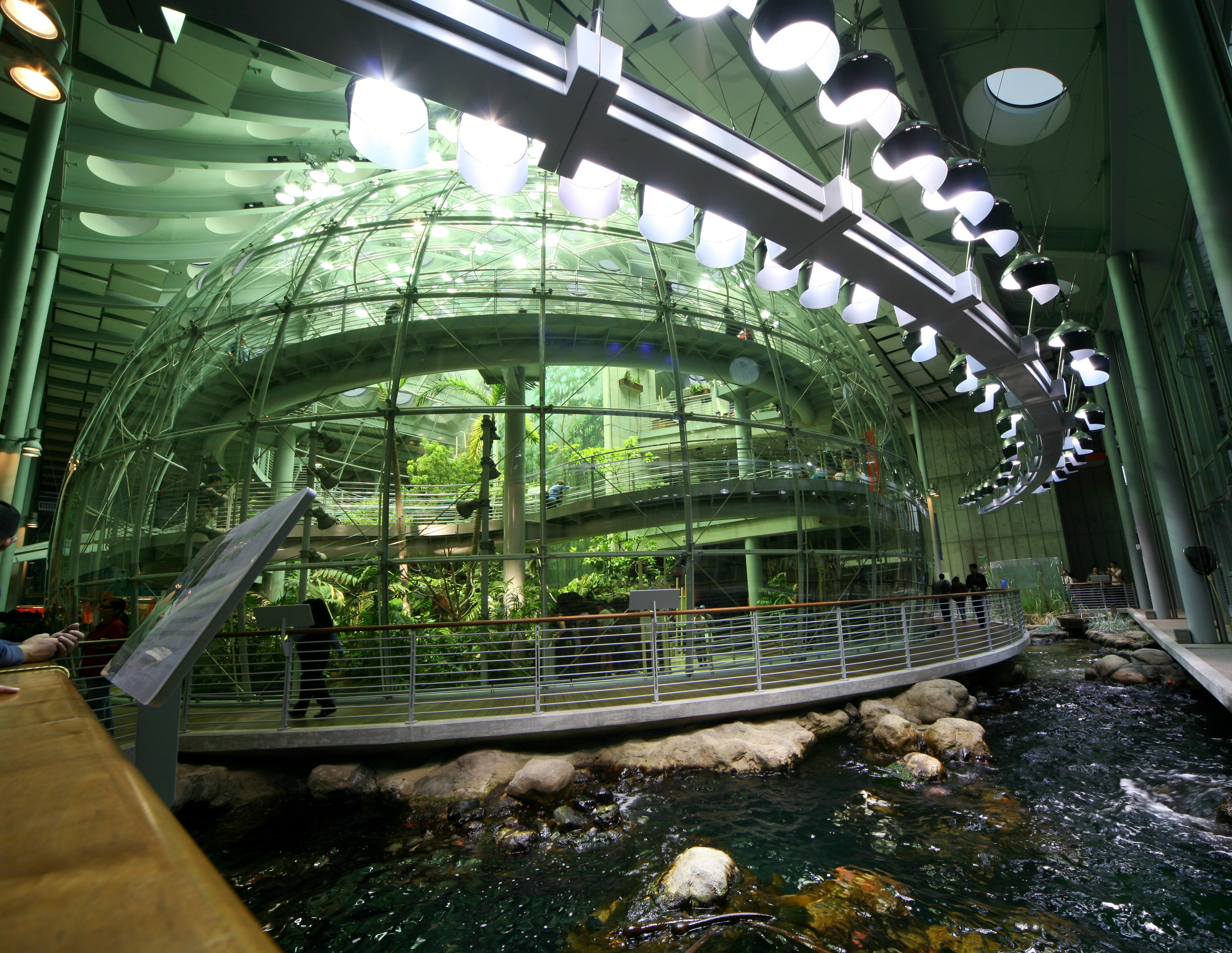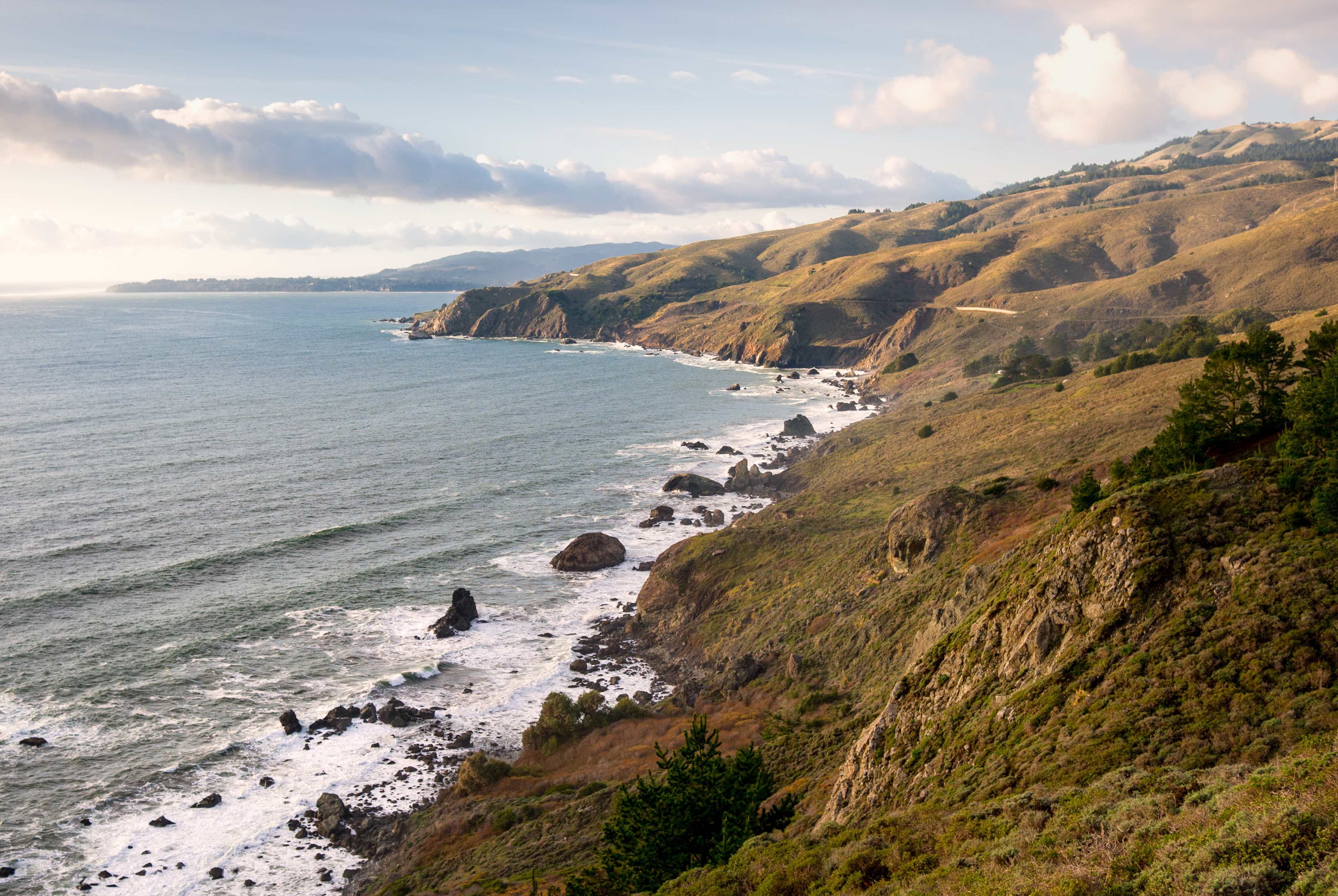|
Bill Dan
Bill Dan is a sculptor and performance artist specializing in rock balancing. He creates seemingly impossible, temporary balanced sculptures from un-worked rock and stone in public spaces near his home in San Francisco. Dan was born in Indonesia, and worked as a warehouseman before discovering the artistic possibilities of rock along the San Francisco Bay shoreline and his emergent skill in manipulating them. Bill was initially inspired by rock piles he had seen on the Big Island of Hawaii, the cairns of the Inuit, and later by the work of Andy Goldsworthy. In 2004, he was featured on San Francisco public television station KQED as one of the artists in a show entitled "Collaborations with Nature". Since then, he has been the subject of interviews and shows on TV stations in Japan, Korea, and the Philippines, as well as other U.S. stations. Photos of his art have appeared in "Coast and Ocean", the magazine of the California Coastal Commission, where he was the subject of a ... [...More Info...] [...Related Items...] OR: [Wikipedia] [Google] [Baidu] |
Andy Goldsworthy
Andy Goldsworthy (born 26 July 1956) is an English sculptor, photographer, and environmentalist who produces site-specific sculptures and land art situated in natural and urban settings. Early life Goldsworthy was born in Cheshire on 26 July 1956, the son of Muriel (née Stanger) and F. Allin Goldsworthy (1929–2001), a former professor of applied mathematics at the University of Leeds.Stonard, John Paul (10 December 2000). "Goldsworthy, Andy"Grove Art Online Retrieved on 15 May 2007. He grew up on the Harrogate side of Leeds. From the age of 13, he worked on farms as a labourer. He has likened the repetitive quality of farm tasks to the routine of making sculpture: "A lot of my work is like picking potatoes; you have to get into the rhythm of it." He studied fine art at Bradford College of Art from 1974 to 1975 and at Preston Polytechnic (now the University of Central Lancashire) from 1975 to 1978, receiving his BA from the latter. Career History After leaving colle ... [...More Info...] [...Related Items...] OR: [Wikipedia] [Google] [Baidu] |
American Performance Artists
American(s) may refer to: * American, something of, from, or related to the United States of America, commonly known as the "United States" or "America" ** Americans, citizens and nationals of the United States of America ** American ancestry, people who self-identify their ancestry as "American" ** American English, the set of varieties of the English language native to the United States ** Native Americans in the United States, indigenous peoples of the United States * American, something of, from, or related to the Americas, also known as "America" ** Indigenous peoples of the Americas * American (word), for analysis and history of the meanings in various contexts Organizations * American Airlines, U.S.-based airline headquartered in Fort Worth, Texas * American Athletic Conference, an American college athletic conference * American Recordings (record label), a record label previously known as Def American * American University, in Washington, D.C. Sports teams Soccer * ... [...More Info...] [...Related Items...] OR: [Wikipedia] [Google] [Baidu] |
Land Art
Land art, variously known as Earth art, environmental art, and Earthworks, is an art movement that emerged in the 1960s and 1970s, largely associated with Great Britain and the United StatesArt in the modern era: A guide to styles, schools, & movements. Abrams, 2002. (U.S. edition of Styles, Schools and Movements, by Amy Dempsey) but that also includes examples from many countries. As a trend, "land art" expanded boundaries of art by the materials used and the siting of the works. The materials used were often the materials of the Earth, including the soil, rocks, vegetation, and water found on-site, and the sites of the works were often distant from population centers. Though sometimes fairly inaccessible, photo documentation was commonly brought back to the urban art gallery.http://www.land-arts.com Land art. Concerns of the art mov ... [...More Info...] [...Related Items...] OR: [Wikipedia] [Google] [Baidu] |
Environmental Art
Environmental art is a range of artistic practices encompassing both historical approaches to nature in art and more recent ecological and politically motivated types of works. Environmental art has evolved away from formal concerns, for example monumental earthworks using earth as a sculptural material, towards a deeper relationship to systems, processes and phenomena in relationship to social concerns. Integrated social and ecological approaches developed as an ethical, restorative stance emerged in the 1990s. Over the past ten years environmental art has become a focal point of exhibitions around the world as the social and cultural aspects of climate change come to the forefront. The term "environmental art" often encompasses "ecological" concerns but is not specific to them. It primarily celebrates an artist's connection with nature using natural materials. The concept is best understood in relationship to historic earth/Land art and the evolving field of ecological art. T ... [...More Info...] [...Related Items...] OR: [Wikipedia] [Google] [Baidu] |
Zeum
The Children's Creativity Museum is an interactive museum for children aged 2-12 years, located in Yerba Buena Gardens, in San Francisco, California. It offers workshops and exhibits that allow children to produce their own media through various interactive, creative processes: stop motion animation, programming robots, music video production, design challenges, art projects, and more. It has around 100,000 museum visitors annually (as of 2016/17). The Children's Creativity Museum is a nonprofit 501(c)(3) organization, with annual revenues of around $2.1 million (as of 2016/17), including $600,000 of funding from the city of San Francisco. History The Children's Creativity Museum opened as Zeum on October 31, 1998 as part of a major urban renewal project in the South of Market area by the San Francisco Redevelopment Agency. It is housed in a two-story building, constructed on top of the Moscone Convention Center, which includes a 200-seat theatre and 3,000 square feet of exhibitio ... [...More Info...] [...Related Items...] OR: [Wikipedia] [Google] [Baidu] |
California Academy Of Sciences
The California Academy of Sciences is a research institute and natural history museum in San Francisco, California, that is among the largest museums of natural history in the world, housing over 46 million specimens. The Academy began in 1853 as a learned society and still carries out a large amount of original research. The institution is located at the Golden Gate Park in San Francisco. Completely rebuilt in 2008, the Academy's primary building in Golden Gate Park covers . In early 2020, before the COVID-19 pandemic, the California Academy of Sciences had around 500 employees and an annual revenue of about $33 million. Governance The California Academy of Sciences, California's oldest operating museum and research institution for the natural sciences, is governed by a forty-one member Board of Trustees who are nominated and chosen by the California Academy of Sciences Fellows California is a state in the Western United States, located along the Pacific Coast. Wit ... [...More Info...] [...Related Items...] OR: [Wikipedia] [Google] [Baidu] |
California Coastal Commission
The California Coastal Commission (CCC) is a state agency within the California Natural Resources Agency with quasi-judicial control of land and public access along the state's coastline. Its mission as defined in the California Coastal Act is "to protect, conserve, restore, and enhance the environment of the California coastline". Protection of coastal resources includes shoreline public access and recreation, lower cost visitor accommodations, terrestrial and marine habitat protection, visual resources, and regulation of agricultural lands, commercial fisheries, and industrial infrastructure. By regulating land use within a defined coastal zone extending inland from up to , it has the authority to control construction of any type, including buildings, housing, roads, as well as fire and erosion abatement structures, and can issue fines for unapproved construction. It has been called the single most powerful land-use authority in the United States due to its purview over vast ... [...More Info...] [...Related Items...] OR: [Wikipedia] [Google] [Baidu] |
KQED (TV)
KQED (channel 9) is a PBS member television station licensed to San Francisco, California, United States, serving the San Francisco Bay Area. The station is owned by KQED Inc., alongside fellow PBS station KQEH (channel 54) and NPR member KQED-FM (88.5). The three stations share studios on Mariposa Street in San Francisco's Mission District and transmitter facilities atop Sutro Tower. KQET (channel 25) in Watsonville operates as a full-time satellite of KQED, serving the Monterey– Salinas– Santa Cruz market. This station's transmitter is located at Fremont Peak, near San Juan Bautista. History KQED was organized and founded by veteran broadcast journalists James Day and Jonathan Rice on June 1, 1953, and first signed on the air on April 5, 1954, as the fourth television station in the San Francisco Bay Area and the sixth public television station in the United States, debuting shortly after the launch of WQED in Pittsburgh. The station's call letters, ''Q.E.D.'', ... [...More Info...] [...Related Items...] OR: [Wikipedia] [Google] [Baidu] |
Inuit
Inuit (; iu, ᐃᓄᐃᑦ 'the people', singular: Inuk, , dual: Inuuk, ) are a group of culturally similar indigenous peoples inhabiting the Arctic and subarctic regions of Greenland, Labrador, Quebec, Nunavut, the Northwest Territories, and Alaska. Inuit languages are part of the Eskimo–Aleut languages, also known as Inuit-Yupik-Unangan, and also as Eskaleut. Inuit Sign Language is a critically endangered language isolate used in Nunavut. Inuit live throughout most of Northern Canada in the territory of Nunavut, Nunavik in the northern third of Quebec, Nunatsiavut and NunatuKavut in Labrador, and in various parts of the Northwest Territories, particularly around the Arctic Ocean, in the Inuvialuit Settlement Region. With the exception of NunatuKavut, these areas are known, primarily by Inuit Tapiriit Kanatami, as Inuit Nunangat. In Canada, sections 25 and 35 of the Constitution Act of 1982 classify Inuit as a distinctive group of Aboriginal Canadians who are no ... [...More Info...] [...Related Items...] OR: [Wikipedia] [Google] [Baidu] |
Sculptor
Sculpture is the branch of the visual arts that operates in three dimensions. Sculpture is the three-dimensional art work which is physically presented in the dimensions of height, width and depth. It is one of the plastic arts. Durable sculptural processes originally used carving (the removal of material) and modelling (the addition of material, as clay), in stone, metal, ceramics, wood and other materials but, since Modernism, there has been an almost complete freedom of materials and process. A wide variety of materials may be worked by removal such as carving, assembled by welding or modelling, or moulded or cast. Sculpture in stone survives far better than works of art in perishable materials, and often represents the majority of the surviving works (other than pottery) from ancient cultures, though conversely traditions of sculpture in wood may have vanished almost entirely. However, most ancient sculpture was brightly painted, and this has been lost. [...More Info...] [...Related Items...] OR: [Wikipedia] [Google] [Baidu] |





